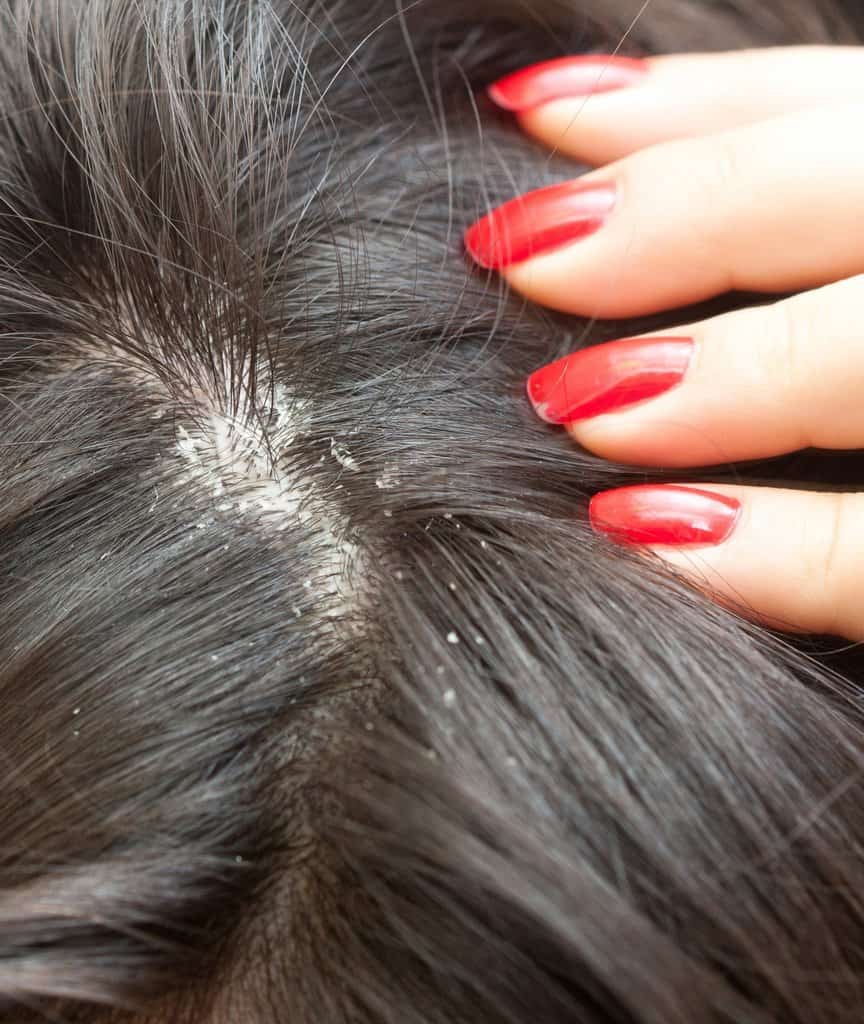
Are you dealing with dry, scaly patches of skin on your scalp and face? Are you noticing extra redness? Usually when we see these symptoms, we chalk it up to seasonal dryness, but it could actually be a condition called seborrheic dermatitis.
Seborrheic dermatitis is a fairly common skin condition, sometimes known as dandruff when it affects the scalp. The condition can appear on the scalp as white, flaky skin, but can also show up as scaly, sometimes greasy patches of skin around the nose, eyelids, eyebrows and ears. In less common cases, it can show up on other parts of the body. Seborrheic dermatitis is often itchy, and scratching can make the condition worse or even lead to infection in severe cases.
Who can get seborrheic dermatitis?
Anyone is able to get seborrheic dermatitis, but it is more common in men than women. You are more likely to get it if you have a family history of seborrheic dermatitis, but some other factors can all play a role such as the products you use on your skin like lotions, detergents, soaps, and chemicals, being exposed to very hot or very cold weather, hormonal changes, fatigue, and stress.
People with certain diseases of the immune system or nervous system like Parkinson’s, HIV, and AID are believed to be at an increased risk of getting seborrheic dermatitis.
Many newborns are affected by seborrheic dermatitis, which is usually referred to as cradle cap or crib cap. In babies, the impacted areas of skin can be crusty and yellow or brown and scaly. Cradle cap can typically be treated by washing with warm water and baby shampoo.
How is seborrheic dermatitis treated?
Because seborrheic dermatitis can look a lot like other conditions like eczema, psoriasis, or an allergic reaction, a dermatologist will need to evaluate the symptoms to properly diagnose the problem. Sometimes, we will need to scrape a bit of the skin to rule out other conditions that look like seborrheic dermatitis.
For many people, seborrheic dermatitis clears up on its own. But it can also come and go periodically or last for months or years at a time.
Good skincare is the best way to control seborrheic dermatitis at home. It’s important to keep the affected areas clean with soap and water so they don’t get infected. There are a number of over-the-counter shampoos and lotions that can help treat mild cases of seborrheic dermatitis, and our dermatologists can help recommend the best option for your case.
For more severe cases, we can also help prescribe medicated shampoos or lotions to help treat the affected areas.
Disclaimer: This blog provides general information and discussion about medical, cosmetic, mohs, and surgical dermatology. The words and other content provided in this blog, and in any linked materials, are not intended and should not be construed as medical advice. If the reader or any other person has a medical concern, he or she should consult with an appropriately-licensed dermatologist or other health care worker.
Disclaimer: This blog provides general information and discussion about medical, cosmetic, mohs, and surgical dermatology. The words and other content provided in this blog, and in any linked materials, are not intended and should not be construed as medical advice. If the reader or any other person has a medical concern, he or she should consult with an appropriately-licensed dermatologist or other health care worker.
